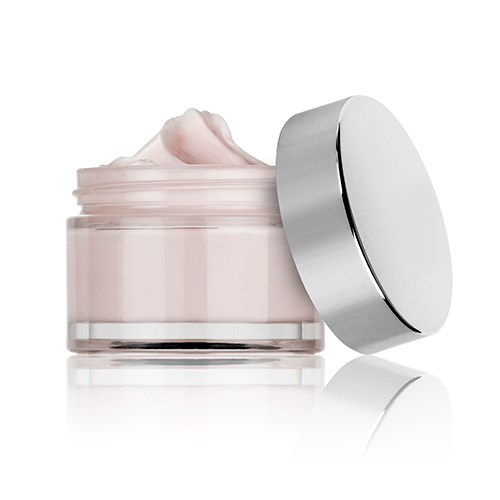Project Report For Face cream Processing
Introduction
Project report for Face cream Processing is as follows.
Face cream revenues are what fund the face cream manufacturing industry. Face creams are lotions or cosmetic creams applied to the face to hydrate and soften the skin and enhance the appearance. They are composed of a viscous liquid that has a variety of ingredients.
In your mid-to-late-20s, start using facial creams regularly. Using one cream during the day and another at night is a terrific idea. Additionally, you want to confirm that the product you select is appropriate for your skin type. If you’re unsure of your skin type, consult a dermatologist.
A face cream is an emulsion of water- and oil-based compounds, much as a body cream or lotion. Face creams are a fantastic way to take care of your facial skin since they protect and soften your skin while also preserving moisture and elasticity (due to the water-based ingredients) and softening and retaining moisture (thanks to the oils, butters, and waxes).
A face cream is made especially for use on the face, a region of the body that is typically more delicate and vulnerable to environmental harm from light and weather. Therefore, it makes sense to formulate and tailor a face cream to a particular skin type or skin condition (such as acne, sensitive, mature/aging, or combination).

A water phase and an oil phase are combined at a specific temperature with the aid of an emulsifier to create your own face creams, which appears to be a straightforward operation. The molecules of oil and water would typically simply separate in the absence of emulsifying wax(es).
The consistency of your finished product will depend on the type and quantity of wax(es) you employ. Finding the ideal mixture of components for your skin type or skin problem from among carrier oils, butters, essential oils, herbal tinctures, infused oils, hydrosols, glycerin & glycerites, and other priceless natural herbal substances is increasingly difficult.
The face cream is crucial since it keeps your skin hydrated and supple, which could prevent wrinkles, age spots, and other fine lines. Face creams serve as a barrier between your skin and the outside environment. For products that won’t clog your pores and cause breakouts, search for those that are non-comedogenic.
Different things are intended for your skin night creams. You need a lotion that will sink deeper into your skin at night to help revitalize it. You want a day cream that will keep your skin protected from the elements when it comes to day creams.
Market Potential Of Face Cream Processing
The market for face creams is projected to increase from $10.78 billion in 2020 to $12.59 billion in 2021 at a compound annual growth rate (CAGR) of 16.8%.
Companies are restructuring their operations and recovering from the COVID-19 effect, which had previously led to restrictive measures like social isolation, remote working, and the suspension of commercial activity, all of which presented operational challenges. The market is anticipated to increase at an 8% yearly rate to reach $17.43 billion in 2025.
The face cream market is anticipated to develop over the forecasted period due to rising demand for natural and organic face creams.
As individuals become more aware of the risks associated with using synthetic face creams for extended periods of time, the demand for natural and organic face creams has increased.
Aloe vera, clay, hyaluronic acid, antioxidants, coconut, avocado, jojoba, argan oil, carrot seed extracts, sunflower, and olive oil are among the natural components used by face cream makers. According to Livemint figures, natural goods now make up 35% of the personal care market in 2019. A survey by Kari Gran found that 75% of millennial women prefer to buy products created with natural ingredients.
Project Report Sample Of Face Cream Processing
Need Help?
Create 100% Bankable Project Report

